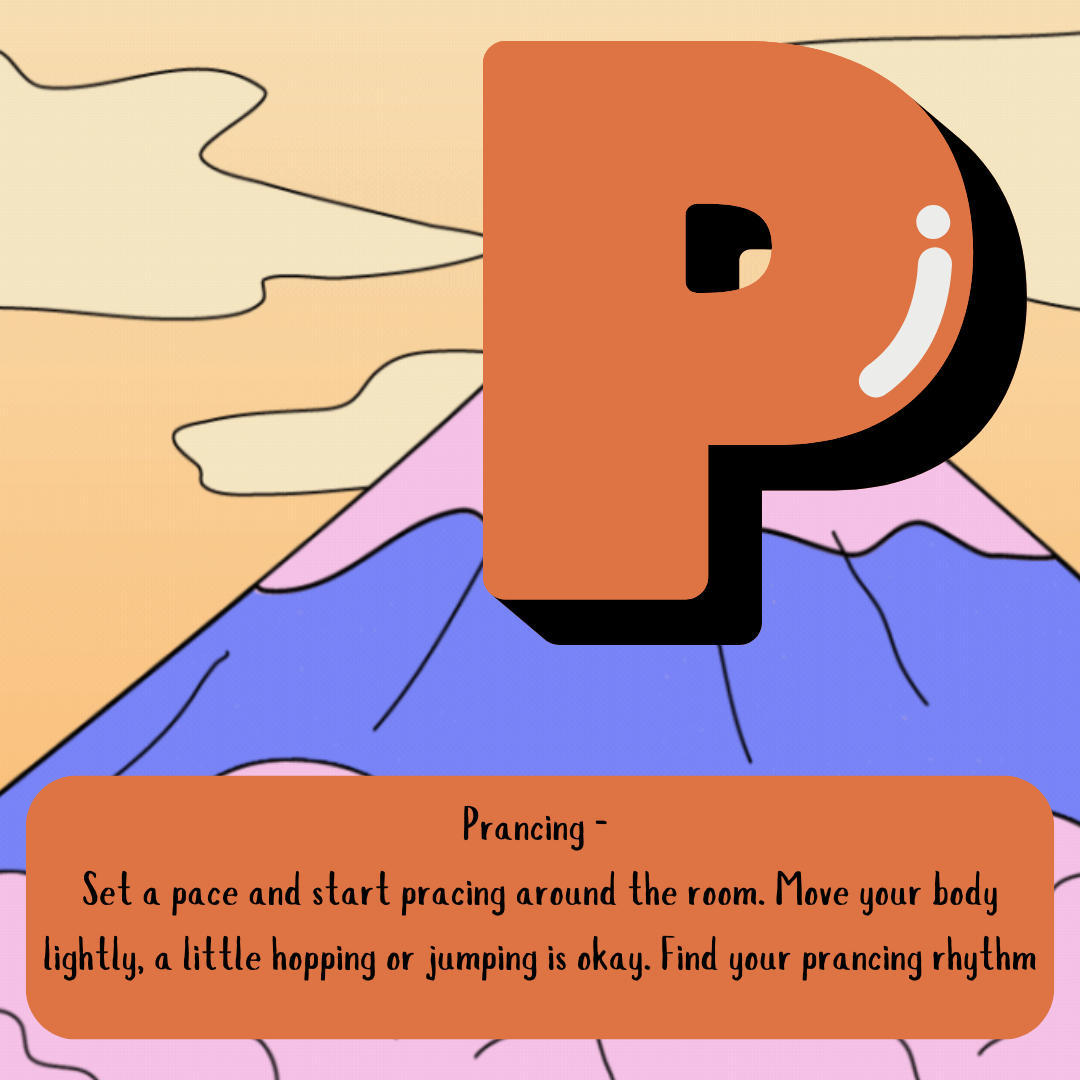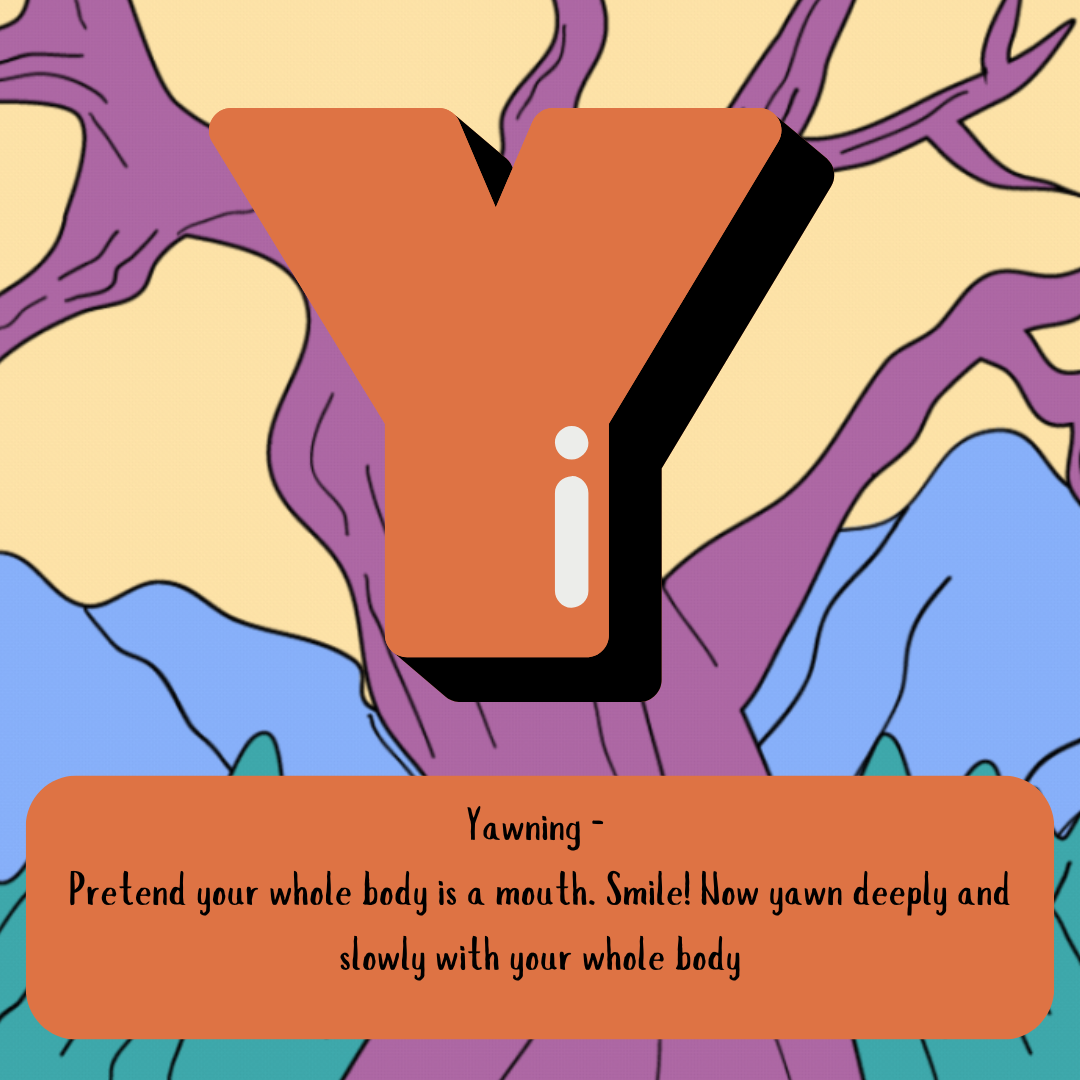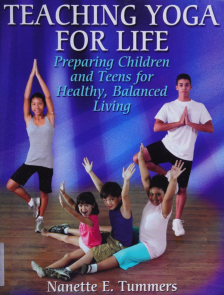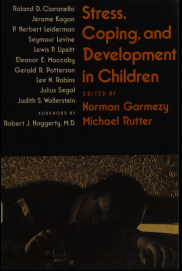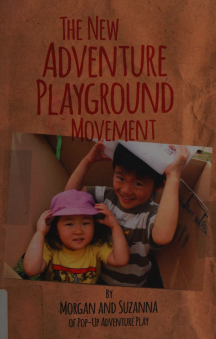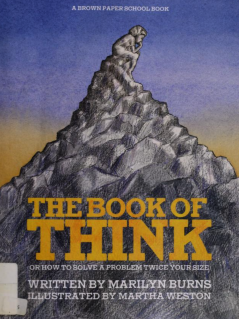The Skill Set
- Mindfulness
- Curiosity
- Courage
- Resilience
- Ethics
- Leadership
- Metacognition
- Growth Mindset
- Creativity
- Critical Thinking
- Communication
Mindfulness
 { self-awareness, self-esteem, self-actualization, growth, vision, insight, observation, compassion, consciousness, listening, presence, sharing, interconnectedness, empathy, sensibility, patience,
acceptance, appreciation, tranquility, balance, spirituality, existentially, oneness, beauty, gratitude, interdependency, happiness, etc. ("Four Dimensional Education" p 131)}
Paying attention with purpose, in a present moment, without judgment. Meditation is one form of this, but mindfulness can happen in any aspect of life. Mindfulness practices help with focus, memory, self-understanding, self-acceptance, life satisfaction, and self-actualization. It has been associated with reducing anxiety, fatigue, improved visual-spacial processing, working memory and executive functioning.
Four common aims of mindfulness (from "Teaching Mindfulness Skills to Kids and Teens" p. 22):
{ self-awareness, self-esteem, self-actualization, growth, vision, insight, observation, compassion, consciousness, listening, presence, sharing, interconnectedness, empathy, sensibility, patience,
acceptance, appreciation, tranquility, balance, spirituality, existentially, oneness, beauty, gratitude, interdependency, happiness, etc. ("Four Dimensional Education" p 131)}
Paying attention with purpose, in a present moment, without judgment. Meditation is one form of this, but mindfulness can happen in any aspect of life. Mindfulness practices help with focus, memory, self-understanding, self-acceptance, life satisfaction, and self-actualization. It has been associated with reducing anxiety, fatigue, improved visual-spacial processing, working memory and executive functioning.
Four common aims of mindfulness (from "Teaching Mindfulness Skills to Kids and Teens" p. 22):
- Cultivating present-focused awareness: Simple guided activities to show how often the mind-wanders and the extra-ordinary in the everyday experience. At the start, the activities should be brief.
![]() Activity! Flurry-Still
A snow-globe or similar sensory toy can be used to show that when shaken, the snow flurries around, but when still and calm for a certain amount of time, the snow too stops. Practice breathing while watching the flakes settle.
Activity! Flurry-Still
A snow-globe or similar sensory toy can be used to show that when shaken, the snow flurries around, but when still and calm for a certain amount of time, the snow too stops. Practice breathing while watching the flakes settle.
![]() Activity! Listen to Silence
Using a bell, cymbal, or similar musical instrument produces a moment of noise and takes time to quiet is effective in noticing how the mind is full of thought (at times verbal) and silence when calm. Ring the bell and let it fall silent a few times. In soft voices ask the child to listen for the silence. When the mind wanders, let the sound of the bell bring them back to focus.
Activity! Listen to Silence
Using a bell, cymbal, or similar musical instrument produces a moment of noise and takes time to quiet is effective in noticing how the mind is full of thought (at times verbal) and silence when calm. Ring the bell and let it fall silent a few times. In soft voices ask the child to listen for the silence. When the mind wanders, let the sound of the bell bring them back to focus.
- Identifying thoughts, feelings, body sensations This helps the child:
- Bring attention to their internal experience;
- Differentiate thoughts, feels, body sensations;
- Explore how thought and feelings interact and influence experience;
- Understand the subjective nature of their experiences;
- Explore ways to integrate mindfulness into their live.
![]() Activity! Parts of a Whole
Using pieces of art, famous or not, ask child to describe the images as patterns of lines, shapes, colors textures (rather than looking at the whole, judging it, or inferring what it is). When the activity is finished, asked child 'What it feels like to limit our observation to the objective?' and 'How was this way different than our usual way of seeing things?'
Activity! Parts of a Whole
Using pieces of art, famous or not, ask child to describe the images as patterns of lines, shapes, colors textures (rather than looking at the whole, judging it, or inferring what it is). When the activity is finished, asked child 'What it feels like to limit our observation to the objective?' and 'How was this way different than our usual way of seeing things?'
- Differentiating judging from noting Differentiating judgement from noting helps focus more on the experience and less on beliefs, expectations and ideas of how things should be.
![]() Activity! Odor Explainer Give child strong odors to smell, vinegar, coffee beans, cinnamon, perfumes. Ask them to explain the smell to someone who hasn't smelled them.
Activity! Odor Explainer Give child strong odors to smell, vinegar, coffee beans, cinnamon, perfumes. Ask them to explain the smell to someone who hasn't smelled them.
- Identifying and acting skillfully upon choice points. Choices can only be made in the present and are usually a reaction (automatic, unconscious) or a response (considered, conscious).
![]() Activity! Impossible Task
Give child an impossible task. Lifting an object they cannot (if it is safe), doing a normal task in too short a time, something outside of their skill set, an adult crossword, etc. Talk about the frustrated feelings themselves, where they live in the body, and what they make you want to do (ie throw something, scream etc). Ask for details from child. The explore what alternatives there are to the actions mentioned, hint but don't answer for child (things like breathing in, counting to five, taking a brain break). Ask what the consequences of not finishing the task are - remind child that not much will happen if they don't do it, so they will be ok. Ask what is changeable about the situation and what is not.
Activity! Impossible Task
Give child an impossible task. Lifting an object they cannot (if it is safe), doing a normal task in too short a time, something outside of their skill set, an adult crossword, etc. Talk about the frustrated feelings themselves, where they live in the body, and what they make you want to do (ie throw something, scream etc). Ask for details from child. The explore what alternatives there are to the actions mentioned, hint but don't answer for child (things like breathing in, counting to five, taking a brain break). Ask what the consequences of not finishing the task are - remind child that not much will happen if they don't do it, so they will be ok. Ask what is changeable about the situation and what is not.
Bonus * Decentering - enables children to see more clearly, objectively, and to act with awareness. Promotes more thoughtful decision making, empathetic communication, improves self-regulation of emotional distress, inhibit socially inappropriate behaviors.
![]() Activity! Pause
Activity! Pause
Incorporate into your daily routine a no phone time - during meals, during 'family' time and during outdoor nature time. Committing to this type of engagement, will change what your experience and gift you and your family with authentic moments of wonder.
![]() Activity! Relax
Activity! Relax
Create moments in each day for the relaxation of the body in order to create receptivity and nonresistance - which will lead to tranquility and concentration. This can mean mindful eating, journaling, walking meditation.
![]() Activity! Don't-Know Mind
Activity! Don't-Know Mind
Taking time to notice the changes of one's sensations, thoughts and emotions leads to letting go of preconceived notions, prejudice and dwelling in the moment-to-moment experience. Since this is quite difficult, practice meditation moments for a few minutes every day.
How to:
Create a time and place to practice "experiencing moments of nonjudgmental, present-focused awareness."

For Young Children
The reason for teaching children mindfulness, especially before adolescence is to give them tools to handle the weight of large emotions that come with 'coming of age.' It is also a tool to handle all conflict, not with emotional reactions but with curiosity, acceptance, and self-compassion.
Curiosity
 {open-mindedness, exploration, openness to experience, passion, self-direction, motivation, initiative, drive, wonder, innovation, enthusiasm, spontaneity, etc ("Four Dimensional Education" p 133)}
The curiosity model looks like an upside-down U, with the greatest curiosity elicited when
{open-mindedness, exploration, openness to experience, passion, self-direction, motivation, initiative, drive, wonder, innovation, enthusiasm, spontaneity, etc ("Four Dimensional Education" p 133)}
The curiosity model looks like an upside-down U, with the greatest curiosity elicited when
- We know enough to be interested - seek to understand deeply
- Are surprised by what we experience - seek out novelty, try new things
- Still uncertain how best to make sense of the situation - different perspectives to broaden understaning
- It is highly specific to the interplay of a person's capability and the difficulty of the task (for more see cognitive dissonance, ambiguity aversion, and principles of Gestalt psychology). Curiosity has been associated with higher activation of the areas of the brain relating to anticipated rewards, predictions of error and memory. Actively pursuing one's own interests and passions.
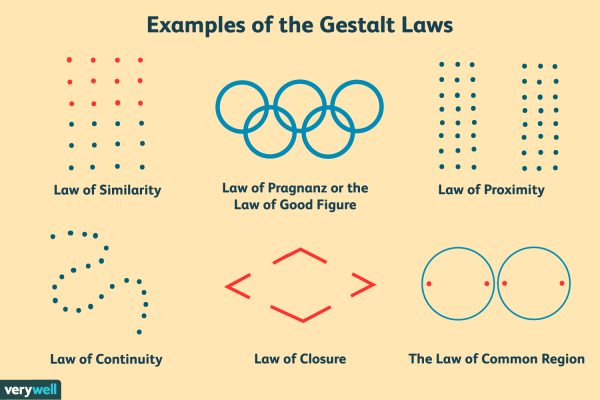
Normalize Uncertainty
(from Project Zero)
Asking Big Q

Courage
{Bravery, determination, fortitude, confidence, risk taking, persistence, toughness, zest, optimism, inspiration, humor, etc ("Four Dimensional Education" p 135)} Defined as acting despite fear, uncertainty, in risky situations or when feeling vulnerable. A healthy amount of courage is needed to reach for goals where others expect failure. And though risk-taking itself may be viewed with mix feelings, courage is held as of value by all ages and genders. It is associated with openness to experiences, conscientiousness, self-evaluation strategies that promote self-efficacy.
Pursuing ambitious goals despite social, financial, physical or emotional risk to self
Standing up for one's values
Engaging with others in a vulnerable way
Psychologist Herbert Gerjuoy of the Human Resources Research Organization phrases it simply: “The new education must teach the individual how to classify and reclassify information, how to evaluate its veracity, how to change categories when necessary, how to move from the concrete to the abstract and back, how to look at problems from a new direction—how to teach himself. Tomorrow’s illiterate will not be the man who can’t read; he will be the man who has not learned how to learn.”
(Activities for teaching positive psychology p14)
Types of Courageous Acts: Physical, Moral & Psychological. Common acts that demand Physical courage may be preventing an injury due to a dangerous environmet and helping an injured person. Common psychological courageous act may be stepping out of one's comfort zone and helping in a medical crisis not caused by accident. Common morally courageous act is standing up to others for what is right and taking responsibility for a negative situation (Pury et al 2007 collected from responses from college students).

Conflict Resolution For younger children consider the concept of a Do-Over Machine or Conflict Resolution Time Machine. Just like with adults, it is important to add a relationship repair ritual here. It can be as simple as a handshake, if only two people are involved, or a whole group facing inward, crossing arms, holding hands and raising them overhead while turning outward. A gesture to symbolize we are ready to move forward and we have each other's backs. Make up your own! Get creative.
Entrepreneurship
Resilience
{ Perseverance, resourcefulness, tenacity, confidence, adaptability, flexibility, self-discipline, self-control, diligence etc ("Four Dimensional Education" p 137)} refers to the ability of certain individuals to succeed where others in their adverse circumstances could not. To nurture resilience in youth:
- Caring relationships

- Communication of high expectations
- Opportunities of meaningful involvement and participation
Adapting flexibly -> Building strong social networks -> Managing stress and expressing emotions appropriately -> Orienting to a meaning or purpose -> Persevering through challenges but seeking help when needed
Understanding the story construct, retelling and creating story narrations is a preskill that helps children break down life challenges, engage their critical thinking skills and come out better for it. For older kids who love Rick and Morty Dan Harmon breaks it down.
For younger kids try Bluey's Curry Quest. More on the topic from the Harvard Business Review. One of the main takeaways should be that the story we tell ourselves is the one we understand and believe. If we tell the story of a hero overcoming the odds, that is the narrative we follow. If we tell ourselves a story about a loser, lost in the wilderness, waiting to be saved, that is where we stand. Helping kids understand this, and change the narration they tell themselves (and we tell ourselves), is the beginning to changing where we are.
The Psychology of Coping with Stress
Stress
Stress itself can be different, but there is a physical and behavior response that is associated with it. This response in turn tells the observer that the person has gone through something stressful.
Factor that have helped children cope with stress
- A group of children who go through the same trauma together (ie. survivors of concentration camps)
- Children in the care of their parents, in their own houses (as opposed to children sent away from their homes and parents - as was done during the bombings in WWII in England)
- Have parents who
- Consider children's education as a priority
- Child/parent roles are well defined
- Child allowed to pursue interests
- Positive adult role models
- Clean, well ordered households
- Lots of books
3 Cores To Coping
The number one factor that bests seems to help people (and test-subject animals) is Control. If you have a perceived sense of control over some part of what is happening to you, you are more likely to 'bounce back.' Restrictions in control lead to increased stress response.
Less helpful, but still of significance is the amount of information and feedback one has about the situation. Knowing when the pain will stop helps people adjust better, or understanding that a choice made has improved the situation alleviates some of the stress felt.
The least helpful factor is that of predictability. Knowing that an up-and-coming big decision or painful event does give some ability to handle the situation better than random unknown attacks. However, knowing that it is coming, and even knowing well in advance, does little to lessen the expression of stress in the moment up to and during the event itself.
Ethics
{ Humaneness, kindness, respect, equity, compassion, truthfulness, honesty, inclusivity, generosity, devotion, consideration, integrity etc. ("Four Dimensional Education" p 139)}
Children naturally progress through stages of moral reasoning; from obedience and punishment, self-interest orientations to interpersonal accord and conformity, authority and social-order maintaining to social contract orientation, universal ethical principle. Knowledge of ethics doesn't necessarily lead to ethical action. It takes courage to be ethical in the moment. To encourage and foster the development of a youth's ethics:
- Provide opportunities for group participation
- Shared decision making
- Assumption of responsibility for the consequences of actions
- Exposure to the next higher stage of reasoning
- Pose problems and contradictions for the student's current moral structure
- Present conflicting moral views and compare in an open manner.
- Be a role model and introduce other's who could be role models.

![]() Activity! Universal Quality (Grade 3-6)
Discuss quote:
Activity! Universal Quality (Grade 3-6)
Discuss quote:
There never was in the world two opinions alike, no more than two hairs or two grains. The most universal quality is diversity -- Montaigne
![]() Activity! Mars Expedition (Grade 1-4)
You are planning a Mars expedition - who will go? Five to seven men and women. What jobs will they do? Do you want five cooks? Why not? Do you want seven builders? From here discuss if the appearance of the people going important? Why does our world need differences? Etc.
Activity! Mars Expedition (Grade 1-4)
You are planning a Mars expedition - who will go? Five to seven men and women. What jobs will they do? Do you want five cooks? Why not? Do you want seven builders? From here discuss if the appearance of the people going important? Why does our world need differences? Etc.
![]() Activity! Looking Different +/- (Grade 1-6)
Explain, situations and differences can be seen as positive or negative (neither or both - for older children). Give the example of being in a wheel chair. Ask child to think of positives and negatives to this situation. How about being in a foreign country and not knowing the language? How about being blind or deaf? How about looking having dark skin in a white environment (or visa versa)? Ask - Why do we sometimes see differences or situations as good or bad, sometimes one way sometimes the other? If you have a strong negative feelings about a particular difference, what can you do about it?
Activity! Looking Different +/- (Grade 1-6)
Explain, situations and differences can be seen as positive or negative (neither or both - for older children). Give the example of being in a wheel chair. Ask child to think of positives and negatives to this situation. How about being in a foreign country and not knowing the language? How about being blind or deaf? How about looking having dark skin in a white environment (or visa versa)? Ask - Why do we sometimes see differences or situations as good or bad, sometimes one way sometimes the other? If you have a strong negative feelings about a particular difference, what can you do about it?
Resources
Data Collection Toolkit for Social Justice
Leadership
{ Responsibility, delegation, teamwork, mentorship, humbleness, selflessness, accountability, cross/cultural awareness, consistency, results orientation, integrity, commitment, delegation, focus etc. ("Four Dimensional Education" p 141) } Although leaders are often portrayed as heroes, charismatic and outgoing, there are others - the quiet leader, known for their shy introverted who has ambition not for themselves but for the organization. Leaders need to make sense of crosscutting and often conflicting goals and information, negotiation, asking insightful questions, facilitating group processes and relationships rather than imposing an individual vision top-down. Think of redefining leadership as "relational and ethical process of people attempting to accomplish positive change together" (from Exploring Leadership by Komives, Lucas, McMahon) - thus including a dimension of inclusivity, empowerment, purpose, ethical behavior and process orientation.

Determining challenges and setting goals
Managing power ethically
Thinking strategically to best utilize resources (people and material)
Evaluating team outcomes and adapting accordingly
Respectfully collaborating with others
Contributing to the broader group or community (social change)
Sharing one's vision and inspiring others
What Leaders Bring to The Table (Nurture Assumption by Harris)
- Influence Group Norms - the attitudes they adopt and the the behaviors they consider appropriate.
- Define the boundaries of the group - who is us and who is them
- Define the image of self, the stereotype, that they define themselves by.
LADDER_OF_YOUTH_PARTICIPATION_POSTER.pdf
Metacognition
Our children need tools to help them be versatile, reflective, self-directed and self-reliant in order to better succeed in the unknowable future. ("Four Dimensional Education" p 146)
- Verbalization of knowledge that is already in a verbal state (recall, retelling a story)
- Verbalization of nonverbal knowledge (ie recalling how to solve a Rubrik's Cube)
- Verbalization of explanations of verbal or nonverbal knowledge (ie explaining use of a rhetorical structures of a story one read) Metacognition can be developed and has shown to be beneficial for low achieving students.
Reflecting on processes, achievements, learning, and/or identity
Determining goals, plans to achieve those goals, and monitoring one's progress
Monitoring comprehension and managing information accordingly
Evaluating one's actions and their consequences
Considering alternatives and different perspectives
Practicing awareness and regulation of internal state
Thinking and adapting flexibly
Growth Mindset
With knowing it, we have all internalized messages we received from our environment, both verbal and non-verbal. Think to a time you thought you were not particularly attractive - what were you comparing yourself to at the time? It probably had to do with some standard you have seen somewhere or a comment by others. ("Four Dimensional Education" p 150)
The opposite of a growth mindset is a fixed mindset. A fixed mindset states that my intellegence or talents are simply fixed traits, and that they are the determining factors of my success. I am good at math, so I aced the test. I am bad at sports, so I won't try out for the team. Success comes from the trait or talent, without effort, and this idea leads to self fulfilling prophecies, self-defeating patterns of behavior.
In a growth mindset, on the other hand, talent is a starting point, but interest and hard work are what makes one successful - thus creating a love of learning, resilience in the face of challenges.

we now know the brain, and even our DNA, changes based on experiences. A growth mindset allows children to set a goal and focus on internalizing the skills, where a fixed mindset focuses more on being perceived as having mastered the skill (externally motivated).
Believing in one's agency and having high self-efficacy
Learning from mistakes and welcoming feedback as a chance to grow
Persevering for deeper expertise and understanding
Understanding one's current strengths and weaknesses
Finding joy in learning and becoming a lifelong learner
Creativity

Creativity has many parts -imitation, variation, combination, transformation and original creation. {imaginativeness, imagination, ingenuity, inspiration, inventiveness, originality, vision, idea generation, resourcefulness, cleverness}
There is no one way to be creative, but creativity is the basis of innovation and invention, so of course we would be remissed if we did not encourage it. There is also a means of channelling our individuality, our emotion and our ways of processing life itself that manifests into our work (be it wholly creative or not). 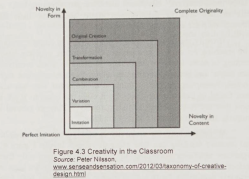
Torrance and Gogg (1989)
- Sensitivity to problems
- Fluency (ability to produce large numbers of ideas)
- Flexibility (ability to produce variety of ideas or use variety of approaches)
- Originality (ability to produce new, unusual, innovative ideas)
- Elaboration (fill in the details)
- Redefinition (define or perceive in a way that differs from the usual established way)
Amabile (1989) Key Traits
- Self-discipline about work
- Perseverance, even when frustrated
- Independence
- Tolerance of unclear situations
- Nonconformity to social stereotypes
- Ability to wait for rewards
- Self-motivation to do excellent work
- Willingness to take risks
Generating and seeking new ideas
Developing personal tastes and aesthetics
Being comfortable with risks, uncertainty and failure
Connecting, reorganizing and refining ideas into a cohesive whole
Realizing ideas while recognizing constraints
Reflecting on processes and outcome
NASA's Creativity Test and Children Embrace Curiosity: Channel your inner child. Remember the times when the world was filled with wonder? Every question, every pursuit, every hobby was driven by pure curiosity. Start there. Revisit old hobbies, or embrace new ones. Let curiosity be your compass.
Connect
Reason
Envision
Absorb
Transform
Evaluate
Stream
Seek Challenges Step out of your comfort zone. Take on new tasks, embrace challenges, and use them as opportunities to think differently.
Practice Mindfulness Moments of stillness. Dedicate time for mindfulness exercises. Whether it's meditation, deep breathing exercises, or simple reflection, these moments can provide the mental clarity that fuels creative thought.
Collaborate and Communicate Engage in conversations with diverse groups. Look beyond your own culture.
Continuous Learning Exploring unfamiliar territories can lead to the formation of novel ideas and perspectives. Keep reading!
Divergent Thinking (Imagination) VS Convergent Thinking (Judgment)
(from Creative Conflict Resolution)
![]() Activity! Brainstorming
Develop as many ideas as possible as fast as possible.
Activity! Brainstorming
Develop as many ideas as possible as fast as possible.
- Defer judgment. Record all ideas, as quickly as possible
- Build on previous ideas. Don't wait for completely originial ideas; but combine, modify, and extend those already suggested.
- Don't hold back; write down everything. Push for quantity.
![]() Activity! Blockbusting
Activity! Blockbusting
For when you are blocked:
- Picture it - mentally picture solutions, resolutions and ask yourself how to get to that points.
- Wait - declare a moratorium on the problem for 30+ mins. Return and try again
- Change Perspectives - reverse roles, upside down the paper, rotate, how would a bird view this, how would a martian, an ant etc?
- Think Silly - come up with completely ridiculous solution, the funnier the better. After laughs, a surprisingly clearer perspective on the whole problem might be put forth.
![]() Activity! Cake Experiment Immerse yourselves in a shared creative journey with your child, gradually transitioning from guided participation to independent exploration. Imagine baking delicious treats! Start with a series of fun baking adventures, perhaps making six or seven different cakes together. Whether you opt for convenient box mixes or craft everything from scratch, begin by letting your child assist with simple tasks like pouring ingredients. As their confidence grows, encourage them to tackle measuring independently. Once both pouring and measuring become second nature, empower them to mix the batter and place the cake in the oven. Celebrate each completed step and let them choose the next recipe to conquer. Finally, embark on the ultimate challenge: baking a cake without a recipe! This gradual handover fosters a sense of ownership and accomplishment, allowing your child to blossom into a creative individual through the joy of shared experiences.
Activity! Cake Experiment Immerse yourselves in a shared creative journey with your child, gradually transitioning from guided participation to independent exploration. Imagine baking delicious treats! Start with a series of fun baking adventures, perhaps making six or seven different cakes together. Whether you opt for convenient box mixes or craft everything from scratch, begin by letting your child assist with simple tasks like pouring ingredients. As their confidence grows, encourage them to tackle measuring independently. Once both pouring and measuring become second nature, empower them to mix the batter and place the cake in the oven. Celebrate each completed step and let them choose the next recipe to conquer. Finally, embark on the ultimate challenge: baking a cake without a recipe! This gradual handover fosters a sense of ownership and accomplishment, allowing your child to blossom into a creative individual through the joy of shared experiences.
Critical Thinking
 Defined in 21st Century Skills by the National Council for Excellence in Critical Thinking as: actively conceptualizing, applying, analyzing, synthesizing, and/or evaluating information gathered from or generated by observation, experience, reflection, reasoning or communication, as a guide to belief and action. Following this definition the following are part of critical thinking: problem solving, systems thinking, critiquing, researching, effective reasoning. To build up this skill in our children we need to come up with projects that demand: interpreting information, analyzing parts and wholes, analysis and synthesis, evaluating evidence, taking multiple perspectives, discerning patterns and grasping abstract ideas.
(active listening, clear thinking and writing, persuasive presenting.)
Defined in 21st Century Skills by the National Council for Excellence in Critical Thinking as: actively conceptualizing, applying, analyzing, synthesizing, and/or evaluating information gathered from or generated by observation, experience, reflection, reasoning or communication, as a guide to belief and action. Following this definition the following are part of critical thinking: problem solving, systems thinking, critiquing, researching, effective reasoning. To build up this skill in our children we need to come up with projects that demand: interpreting information, analyzing parts and wholes, analysis and synthesis, evaluating evidence, taking multiple perspectives, discerning patterns and grasping abstract ideas.
(active listening, clear thinking and writing, persuasive presenting.)
Identify, clarify and organize information
- Identifying the problem (what's wrong here?)
- Inferring antecedent events (what happened?)
- Cause and effect (what happened first, what next...)
- Identifying possible solutions (what could we do to fix it?)
- Predict outcome (what will happen next?)
- Evaluating and using solution (try solution. Did it work? Why? Why not?)
- Organizing the information/ Scientific method - predicting, hypothesizing, testing, observing, recording results
Considering other points of view
Apply sound reasoning to decision-making
Assessing validity and quality of information
Reflecting critically on one's own reasoning and assumptions
Teachers' Resource:
(from the Institute of Play)
Socratic Smack Down - A discussion game
critical-thinking-activities-middle-school.pdf
Try TOTAL DARK by Wonderlab+
Communication
 Communication as a skill has obvious benefits and although not every job seems like it might hold communication as a prized skill, most jobs that involve group work of any kind hinge and thrive on good communication skills (negotiating, giving instructions, advising, building relationships, resolving conflict, etc). For this skill to grow we need to encourage collaborative tasks such as group projects (big or small) and peer teaching (even as simple as having siblings teach each other a dance move). In a world full of complex problems, well coordinated collaboration of different skills, backgrounds and perspectives will most likely create better solutions, better decisions. Poor execution will look like group-thinking, or peer pressure.
Communication as a skill has obvious benefits and although not every job seems like it might hold communication as a prized skill, most jobs that involve group work of any kind hinge and thrive on good communication skills (negotiating, giving instructions, advising, building relationships, resolving conflict, etc). For this skill to grow we need to encourage collaborative tasks such as group projects (big or small) and peer teaching (even as simple as having siblings teach each other a dance move). In a world full of complex problems, well coordinated collaboration of different skills, backgrounds and perspectives will most likely create better solutions, better decisions. Poor execution will look like group-thinking, or peer pressure.
Ground work for good collaboration
- Agreement and accountability
- Listening skills and feedback
- Asking good questions
- Negotiation (listening, flexibility, articulation, working under pressure)
Asking questions and actively listening
Clearly and concisely articulating ideas or messages
Using and understanding nonverbal and paralingual communication
Communicating via multiple modes (digitally, orally etc)
Empathizing with audiences and adapting messages accordingly
Taking and sharing responsibility with others
Utilizing each individual's unique skills and perspectives
Navigating and resolving interpersonal conflict
Giving and receiving constructive feedback
Empathizing with and actively supporting team members
For more on Deep Learning, or an example of Consensus Decision Making
For older children, teaching media literacy is advised along with traditional reading and writing literacy, in order to make it relevant to them.
(From Creative Conflict Resolution by Kreidler) Your senses register that something is happening. You observation is then filtered and translated through your own understanding - perception. Next you encode what you've interpreted by formulating it into speech and gesture. Then you transmit it. It is received and decoded. The listeners register the input and sort it out. Then it is perceived as the listener understands and interprets the message. In conflict situations, our perception of what we see or hear tells us whether or not we think there are threats to our wants, needs, or values. Then we act or react, based on that perception.
Communication in itself is not resolution to a conflict and in fact can escalate as much as it can de-escalate. Communication potholes to watch out for:
- display emotional excitement
- injecting too many unnecessary facts
- not listening or interrupting Factors that contribute to defensiveness are:
- using authoritarian tactics
- condescending
- using loaded words
- flaunting power etc.
![]() Activity! Would You Rather
Activity! Would You Rather
This game is best played like a conversation with the 'would you rather' part as the starter or ice breaker. The listener answers with what they would rather and why. The initiator then replies with a summary of what was said and what they would rather and why.
![]() Activity! Third Person
Activity! Third Person
Role play how to introduce a third person to a conversation. Start with two speakers. Choose one to be the introducer. Have them talk on a chosen topic (ie. a tv show they both like). Then the introducer has to introduce a third person to their friend. Remind introducer to use the third persons name and to say two or three things about them. If there is no third person, use a toy and make up the things you know about them.
![]() Activity! Unusual Tuesday
Activity! Unusual Tuesday
Choose a day of the week (it can be Tuesday, if you like), and every week on that day, talk to someone you wouldn't normally talk to (on a regular day). Start with a simple greeting. When you feel comfortable doing that, try a greeting and a few sentences about you, ending with a question about them. If you can't think of any of those things, try just a compliment (take a moment to practice giving and recieving compliments). When you feel comfortable with this short exchange, try a conversation with a new person. It can be many different people or the same person. Take it slow and do your best.
Listening is Key to Communication and Collaboration
Learn To Listen


















